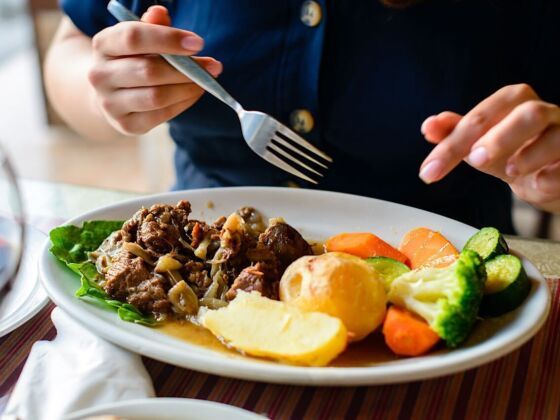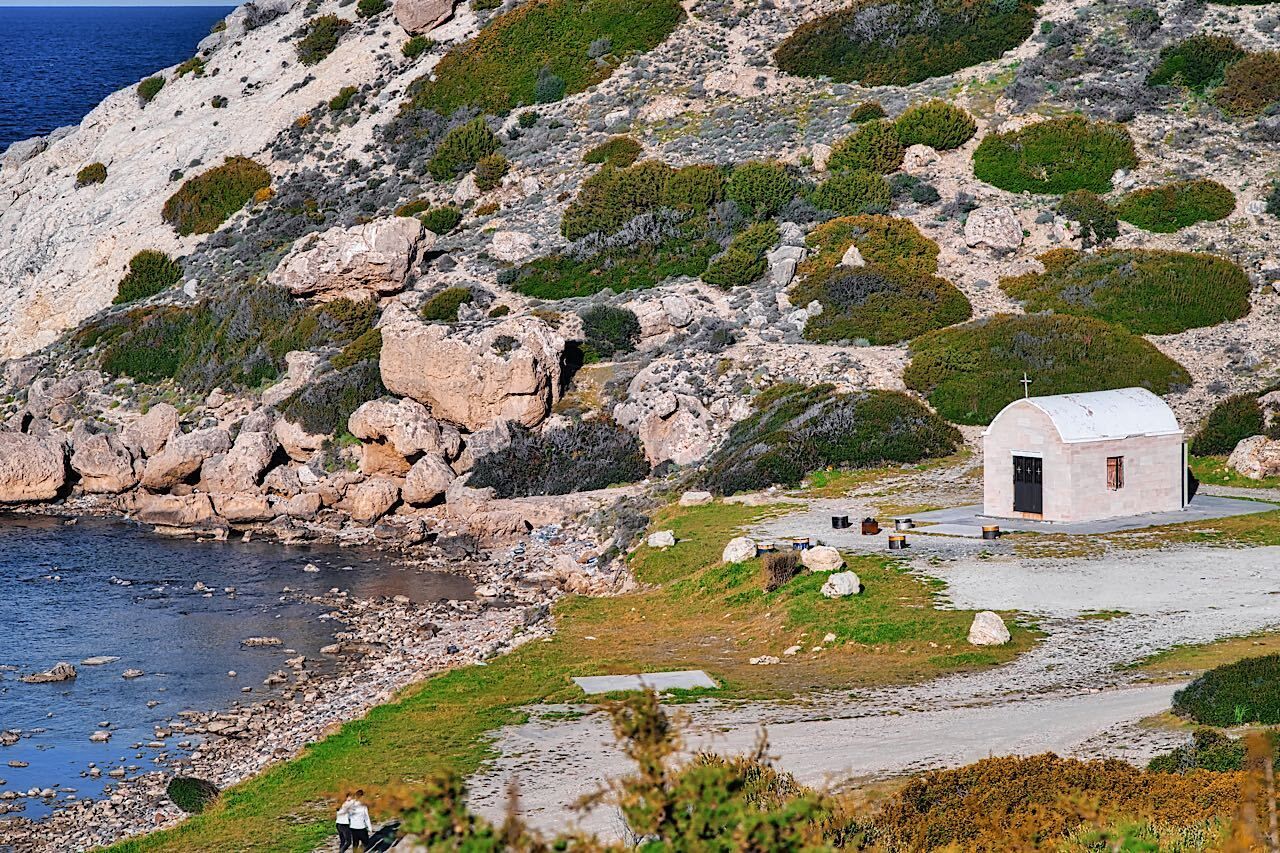In the imaginations of most travelers, Cyprus is a sparkling gem of the Mediterranan, home to stunning beaches and crystal clear aquamarine waters. The island has a rich cultural and culinary heritage too; its population is divided mostly between Turkish Cypriots and Greek Cypriots. Maronites (a sect of Christains originally from Lebanon) and Armenians have also been living on the island for centuries. With so many different ethnicities on one island, often food is the one thing that brings disparate people together, unifying the island.
One dish that stands out in particular is called kleftiko in Greek or hirsiz kebabi in Turkish, meaning “stolen” and “thief’s kebab” respectively. This iconic dish is widespread in Greece, but In Cyprus, where many different Mediterranian and Middle Eastern ethnic identities intermingle, kleftiko is just as popular. In a small village called Kormakitis, you can have the best kleftiko in Cyprus.

